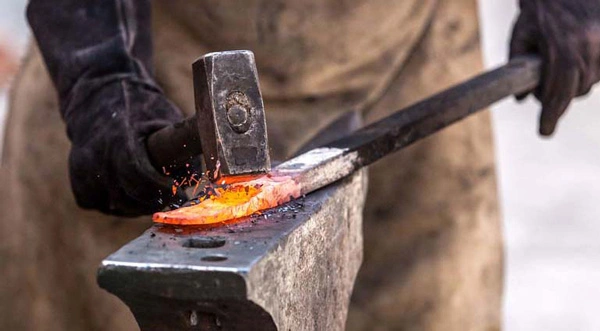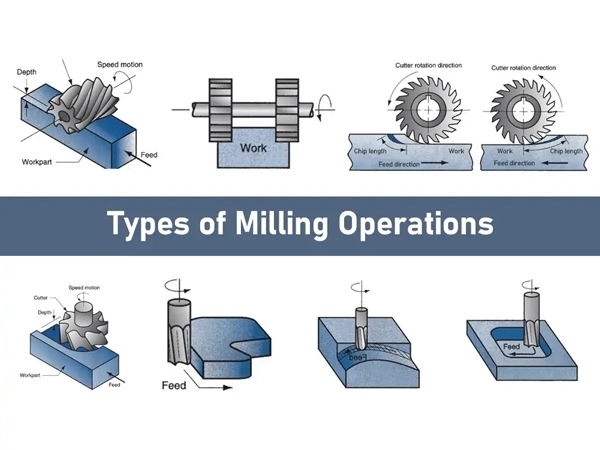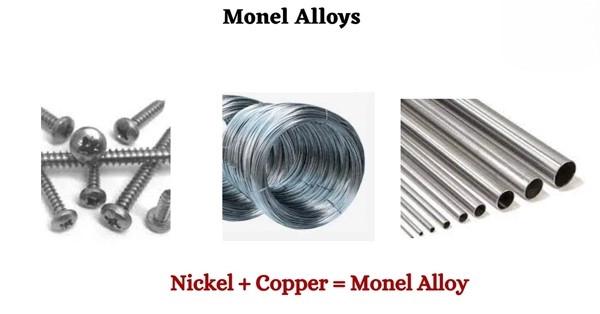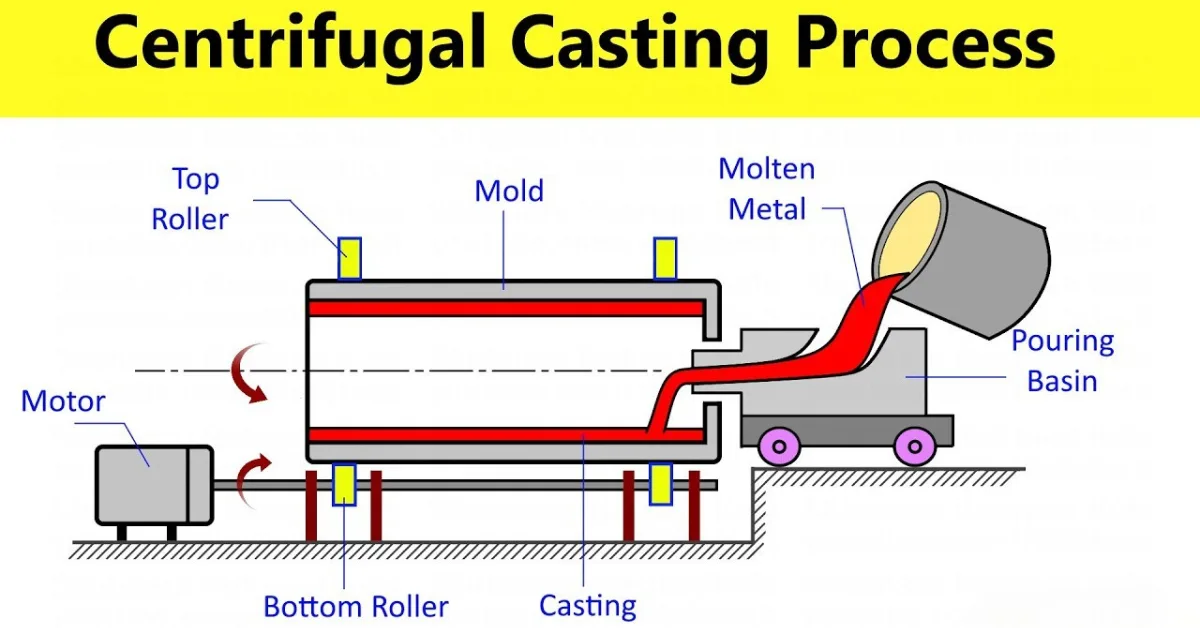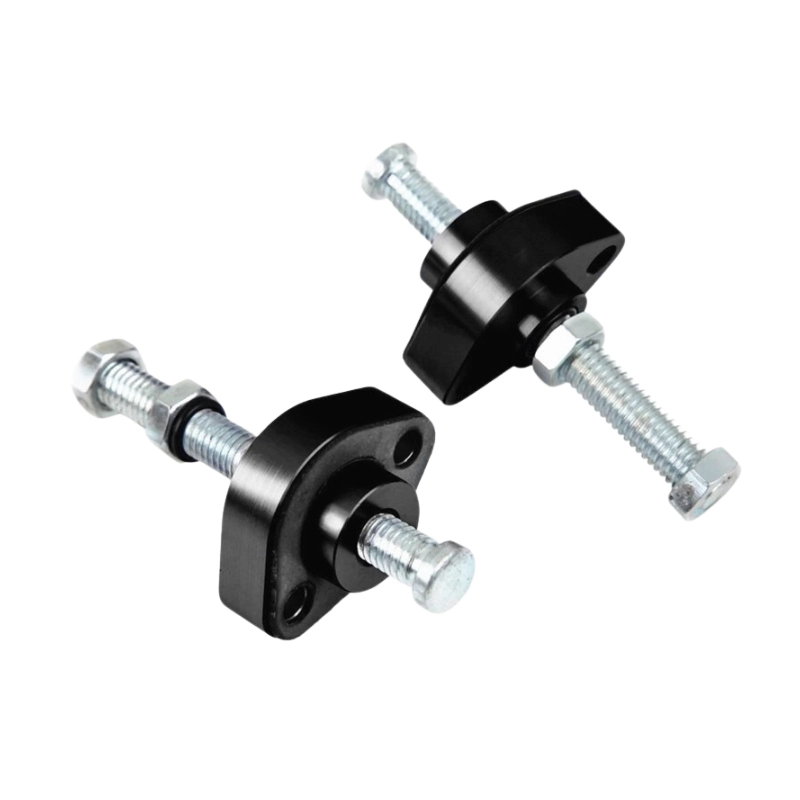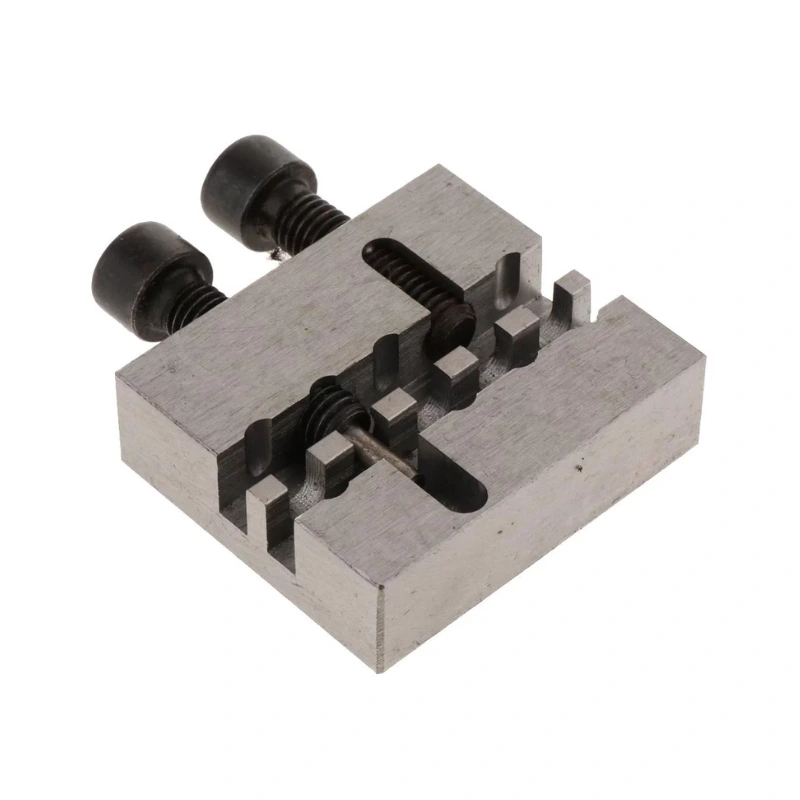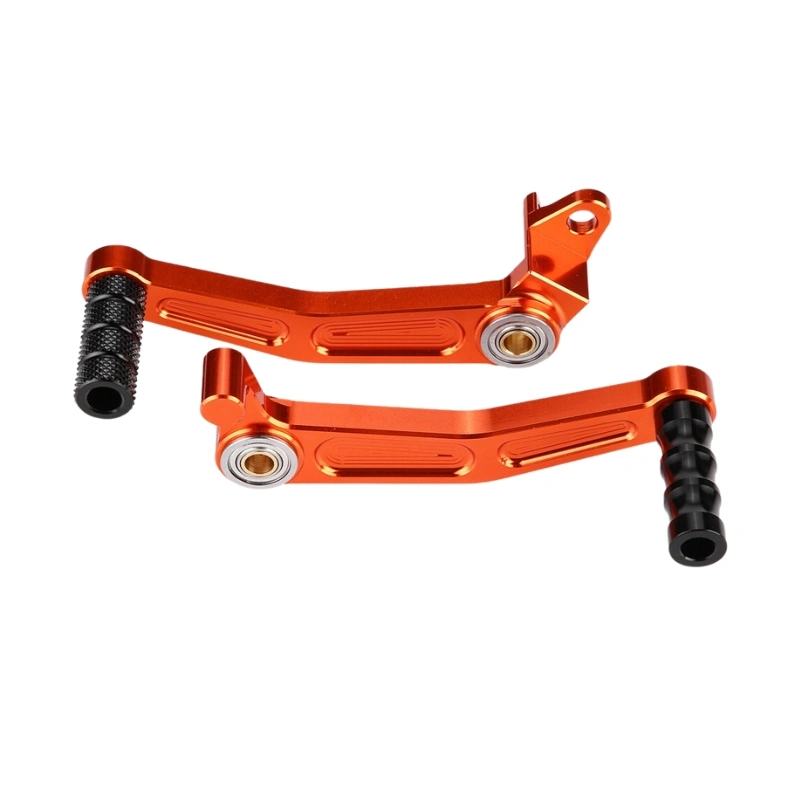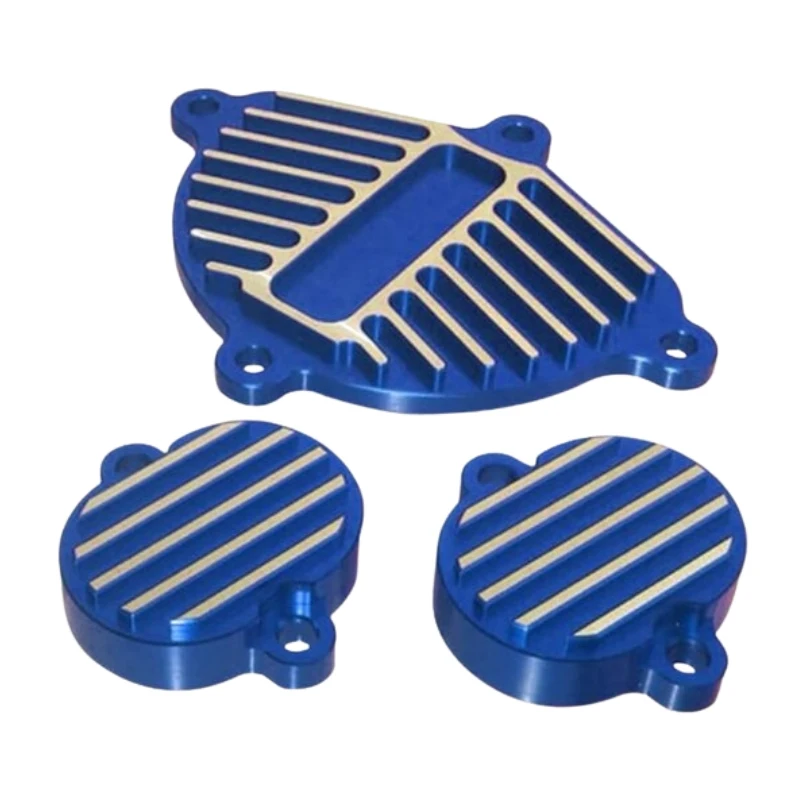Do you know the difference of tensile strength vs. yield strength? What do you think holds more value? What is stronger and more resilient?
In this blog, we’ll break down everything you need to know about these properties. You will learn all about tensile strength and yield strength, what they are, why it’s important to know them, and so much more!
So, sit back, relax, and stay tuned because we’ll be detailing tensile and yield strength fully for you!
What Does Tensile Strength Mean?
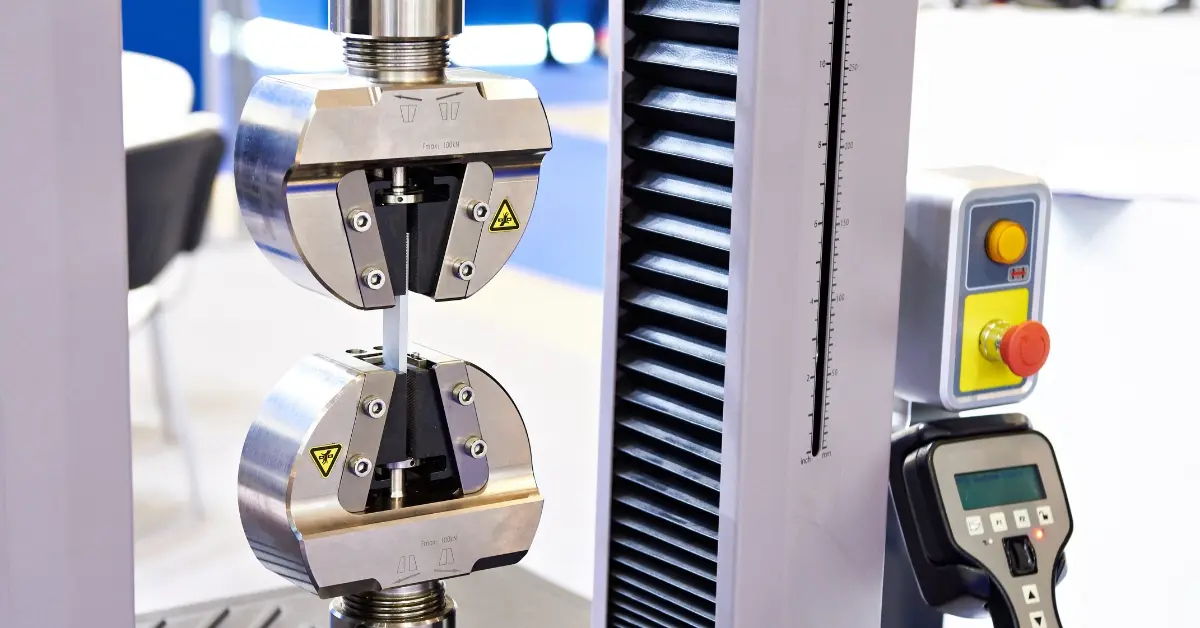
If we were to explain tensile strength, it refers to the maximum amount of stress a material can withstand while being stretched or pulled before breaking.
Tensile strength measures how much force a material can handle before breaking. It’s a key property in industries like construction and engineering because it determines a material’s durability and reliability.
The higher the tensile strength, the more stress the material can withstand without snapping.
What Does Yield Strength Mean?
Yield strength refers to the amount of stress a material can handle before it permanently deforms. It’s a critical measure for engineers and manufacturers when designing structures or components that must maintain their shape under pressure.
In easier terms, it indicates the point at which a material stops returning to its original form after being stretched or compressed.
Understanding yield strength helps in selecting materials for applications like building frameworks, machinery parts, or even automotive components.
A high yield strength means the material can endure significant stress without bending or breaking, while a lower yield strength may suit applications requiring flexibility.
Tensile Strength vs. Yield Strength: A Deeper Dive Into Their Differences
Now, we need to fully understand the differences between tensile and yield strength. And for us to be able to do so, here are some primary differences between yield and tensile strength:
- Tensile strength identifies the point at which a material fractures completely. These two properties are crucial in understanding how different materials behave under stress.
- Yield strength measures the maximum stress a material can handle before it permanently deforms. It’s a key property for ductile materials, where shape change occurs before breaking.
- For ductile materials, deformation begins after yield strength is exceeded, with tensile strength tested as the material stretches further.
- In brittle materials, the scenario differs—fracture occurs almost immediately after reaching the yield point, with little or no noticeable elongation.
These differences and distinctions help manufacturers and engineers determine the suitability of materials for specific applications, whether durability under stress or resistance to sudden breaks is more critical.
A Table of Tensile vs. Yield Strength
| Aspect | Yield Strength | Tensile Strength |
| Definition | Measures the force needed to permanently deform a material. | Measures the force required to break a material completely. |
| Stress Level | Indicates the minimum stress a material can handle before deforming. | Shows the maximum stress a material can withstand before fracturing. |
| Graph Position | Always appears as a lower value, marking the start of permanent deformation on the stress-strain graph. | Represents the final peak on the stress-strain graph, showing the material’s breaking point. |
| Intermolecular Forces | Stress exerted on the material is less than its intermolecular forces, maintaining structural integrity. | Stress exceeds the material’s intermolecular forces, leading to a complete break. |
FAQs About Tensile Strength vs. Yield Strength
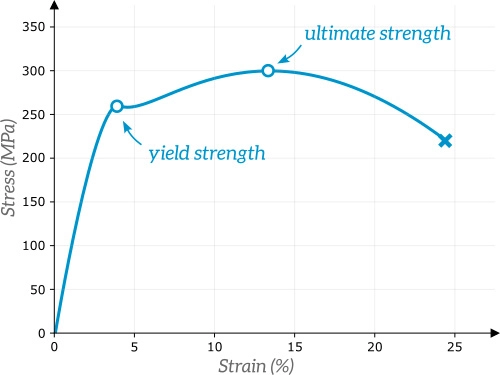
You may have a too few questions about yield and tensile strength. So, here are a few of the most common questions about it!
What Is The Main Difference Between Tensile Strength And Yield Strength?
Yield strength measures the stress required to cause permanent deformation in a material, while tensile strength indicates the maximum stress a material can endure before breaking.
In simpler terms, yield strength marks the point where a material starts bending, and tensile strength marks the point where it completely snaps.
Do All Materials Have Both Yield Strength And Tensile Strength?
This is a question most people aren’t aware of, and the answer is no, not always. Ductile materials, like metals, exhibit both properties as they stretch before breaking.
Brittle materials, such as glass, often fracture almost instantly after reaching their yield strength, making the difference between the two less noticeable. This distinction is vital when working with different material types.
Why Are Both Tensile Strength And Yield Strength Important In Material Selection?
Both properties help engineers and experts determine how a material will perform under different stress conditions.
Yield strength ensures the material can maintain its shape under regular loads, while tensile strength guarantees it won’t fail catastrophically under extreme stress.
Together, they guide the choice of materials for specific applications like construction, manufacturing, or product design.
Get with HDC For High Tensile and Yield Strength Metals
If there’s one thing we can assure you of here at HDC, it will be the fact that we’ll give you nothing but sheer top quality products and the highest level of customer service you’ll ever experience.
For more than 10 years now, we’ve been servicing companies and organizations that need high-grade and high-quality steel and metal.
We’ve been trusted by many organizations globally from producing the materials they need to assembling them for automotive, construction, and even custom products.
We got over 40 different products made from metals and plastics – and we have an R&D team that can help you design prototypes, too! Contact us today and get the best and highest quality components from us!
Discover more with our blog posts.
Recent Posts
Discover more about our products
HDC Products
Instant Quote!
